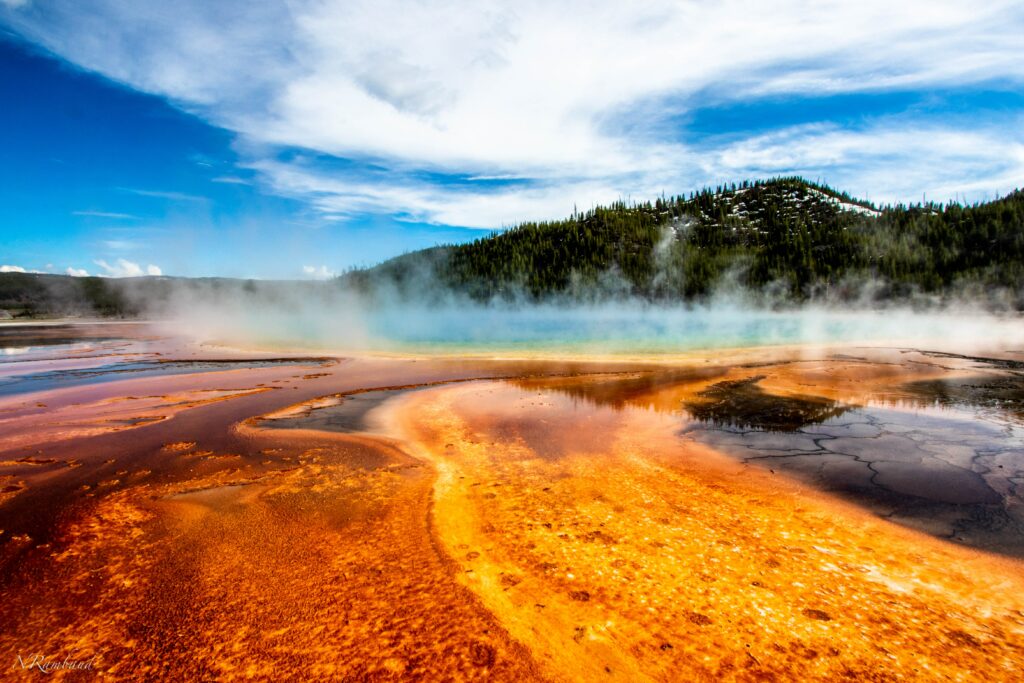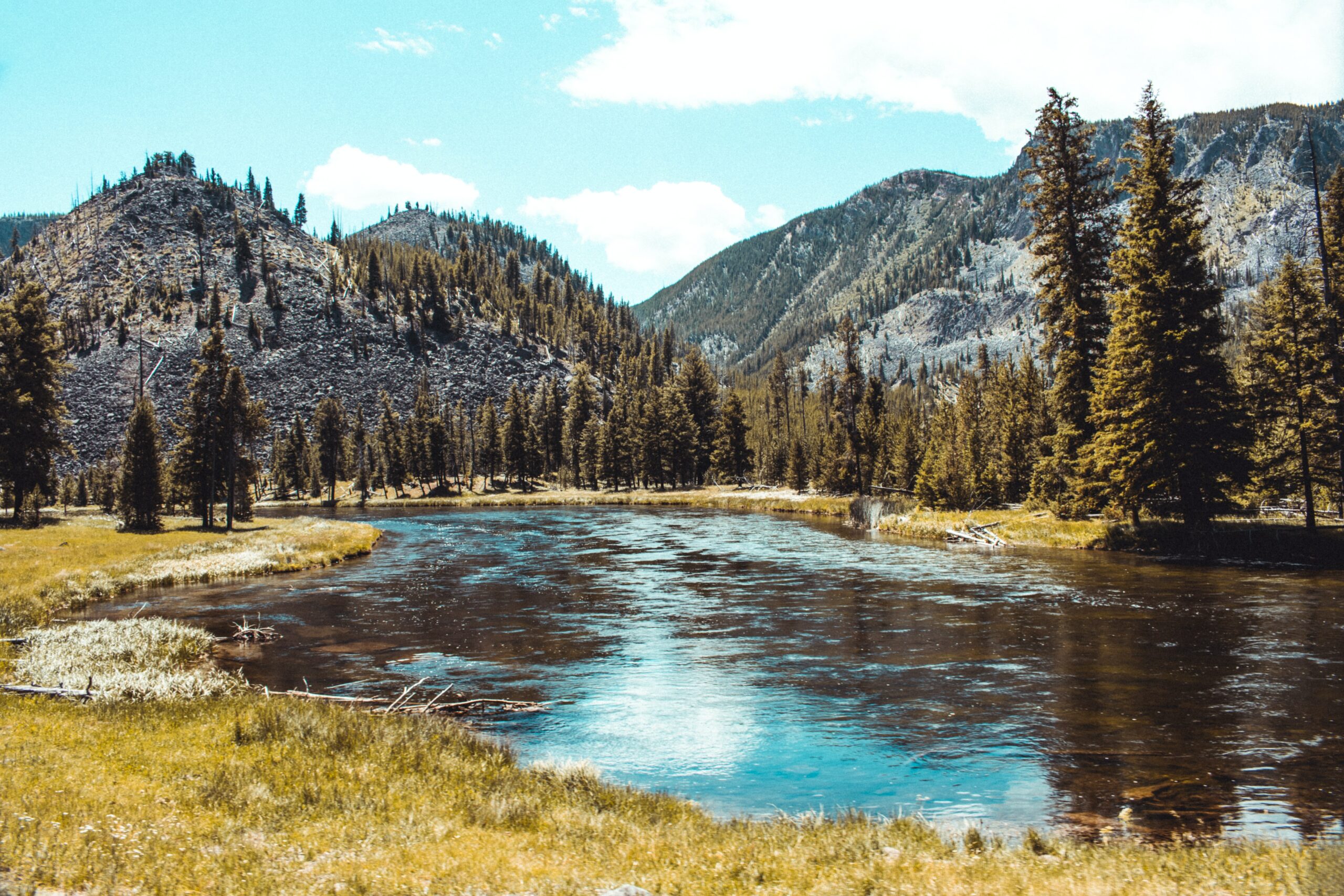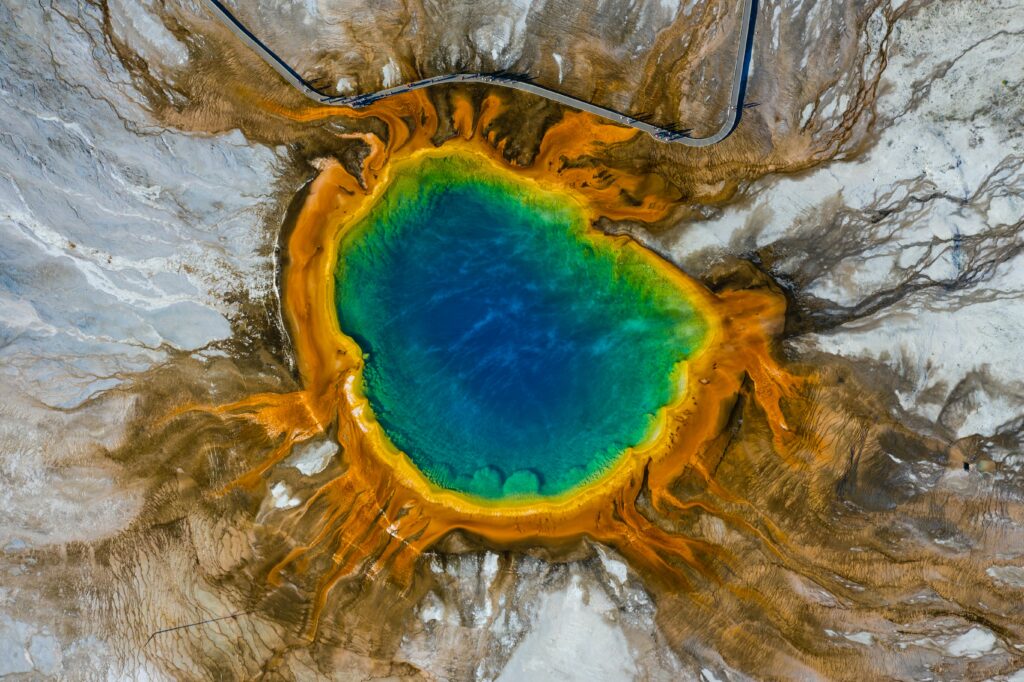In honour of 150 years of Yellowstone, we’re listing the reasons to love this most epic of national parks.
At 3,472 square miles and covering three states – Wyoming, Idaho and Montana – Yellowstone National Park is an unmatched wilderness with forests, lakes, mountains, valleys and canyons. It’s also one of the largest intact ecosystems in the Northern hemisphere.

It’s rich in history
To celebrate 150 years of Yellowstone, we’re going to start by diving into its history. Established as a national park in 1872 “for the benefit and enjoyment of the people,” Yellowstone was the first of America’s national parks. Its geological history goes back at least 66 million years, and the park has been home to dozens of tribes including the Kiowa, Blackfeet, Cayuse and Shoshone. Today, local Indigenous communities still take an active role in shaping the future of the Yellowstone. ![]()
Its natural beauty is unparalleled
Yellowstone National Park welcomes millions of visitors each year, thanks to its incredible natural beauty. As well as its forests, lakes, mountains and canyons, the park is home to over 10,000 hydrothermal sites such as hot springs or geysers – Yellowstone accounts for half of the world’s collection of active geysers.
Yellowstone’s most famous attraction is its Old Faithful geyser – so called because of its reliable eruptions that happen every 45–90 minutes. Head to the Upper Geyser Basin in the southwest section of the park to see its spectacular eruptions which vary in height from 100-180 feet.

Its home to a huge population of wildlife
Yellowstone is home to the largest concentration of mammals in the lower 48 states of America. Here you can spot bears, wolves, coyotes, moose and a large population of smaller animals like bighorn sheep, bald eagles and trumpeter swans. It’s important to remember that the park is not a zoo – these are wildlife in their natural habitat and the animals can be unpredictable and even dangerous if care is not taken around them. Park experts advise visitors to stay at least 100 yards away from bears and wolves and at least 25 yards away from bison, deer, moose and coyotes.
Yellowstone is a supervolcano
One of the world’s largest active volcanoes lies beneath Yellowstone. The first time it erupted was 2.1 million years ago when it left almost 6,000 square miles of ash – one of the largest volcano eruptions known to mankind and the reason for its ‘supervolcano’ title. While the volcano is still considered active, it hasn’t erupted for 70,000 years – and after 150 years of Yellowstone being open to visitors, it’s still closely monitored by the National Park Service.

It has its own Grand Canyon
The Grand Canyon in Arizona isn’t America’s only Grand Canyon – Yellowstone National Park has its own canyon too. Named Grand Canyon of the Yellowstone, it was created by erosion from the Yellowstone River and is more than 1,000-feet deep, up to 4,000-feet wide and 20-miles long. It features its own spectacular waterfall and is one of the most photographed views in the whole of Yellowstone National Park.
Here’s to another 150 years of Yellowstone
150 years of Yellowstone has seen the park overcome its fair share of controversy. Recently, the Covid-19 pandemic forced it to close for two months – but the park broke attendance records when it re-opened with bookings up 28%. July 2021 was the most-visited month in 150 years of Yellowstone.
INTERESTED? GrownUps Holidays travel partner Trafalgar offers a range of guided holidays that explore Yellowstone National Park and beyond. For more information and to book this trip contact GrownUps Holidays on 0800 842 685 today.
Have you visited Yellowstone National Park with Trafalgar? Tell us your stories in the comments below to celebrate 150 years of Yellowstone










Join the Discussion
Type out your comment here:
You must be logged in to post a comment.